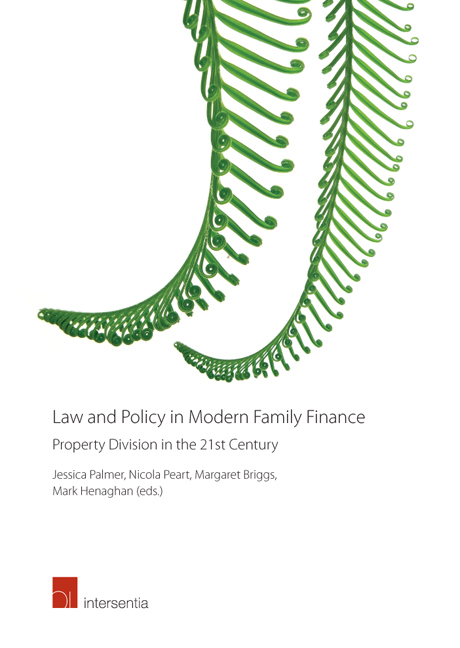Book contents
- Frontmatter
- Foreword
- Acknowledgements
- Contents
- Table of Cases
- List of Contributors
- Chapter 1 Introduction
- PART I WHO SHOULD BE COVERED BY A PROPERTY SHARING REGIME?
- PART II WHAT PROPERTY SHOULD BE COVERED BY A PROPERTY SHARING REGIME?
- Chapter 7 Classifying Relationship Property – A Radical Re-Shaping?
- Chapter 8 What to Do about Trusts?
- Chapter 9 Should Indigenous Property be Relationship Property?
- Chapter 10 Valuation of Relationship Property: An Evaluation of Practice and Procedure
- PART III HOW SHOULD PROPERTY BE SHARED AT THE END OF A RELATIONSHIP?
- Index
Chapter 8 - What to Do about Trusts?
from PART II - WHAT PROPERTY SHOULD BE COVERED BY A PROPERTY SHARING REGIME?
Published online by Cambridge University Press: 29 September 2018
- Frontmatter
- Foreword
- Acknowledgements
- Contents
- Table of Cases
- List of Contributors
- Chapter 1 Introduction
- PART I WHO SHOULD BE COVERED BY A PROPERTY SHARING REGIME?
- PART II WHAT PROPERTY SHOULD BE COVERED BY A PROPERTY SHARING REGIME?
- Chapter 7 Classifying Relationship Property – A Radical Re-Shaping?
- Chapter 8 What to Do about Trusts?
- Chapter 9 Should Indigenous Property be Relationship Property?
- Chapter 10 Valuation of Relationship Property: An Evaluation of Practice and Procedure
- PART III HOW SHOULD PROPERTY BE SHARED AT THE END OF A RELATIONSHIP?
- Index
Summary
INTRODUCTION
There are two critical issues for any matrimonial or relationship property sharing regime: Which property of the parties to the relationship is to be captured by the regime? And how is that property to be shared? These are fundamentally questions of policy that, once decided, give way to questions of implementation by law. In modern times, implementation is usually a matter of statutory law. The primary policy currently applicable in New Zealand and commonly ascribed to elsewhere is that property owned by either party that was shared within the relationship or produced by the relationship ought to be divided equally between the parties upon dissolution of the relationship. Indeed, Professor Atkin suggests in his chapter that the goal should be complete sharing within the relationship and that the starting point ought to be that all property owned by the parties is relationship property.
There are obviously many questions of detail that arise out of this approach but a basic presupposition is that the relevant property to which the regime can apply must be owned by either or both of the parties. Yet, one of the most controversial issues relating to property division regimes in recent times is whether such regimes can and should extend to property held on trust where neither partner has a fixed or vested beneficial property interest.
There are various ways to respond to the problem. One might say that the question of what a spouse or partner owns ought to be decided in accordance with orthodox rules of trust and property law and that a property sharing regime must apply consistently with those rules for reasons of certainty and sanctity of property rights. Alternatively, it can be argued that our notion of property may need to be broadened to recognise not only legal ownership but also real or practical control over assets so that a spouse who has such control or access ought to be considered the owner of the assets or at least the owner of something of value.
- Type
- Chapter
- Information
- Law and Policy in Modern Family FinanceProperty Division in the 21st Century, pp. 177 - 202Publisher: IntersentiaPrint publication year: 2017



